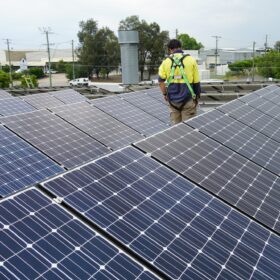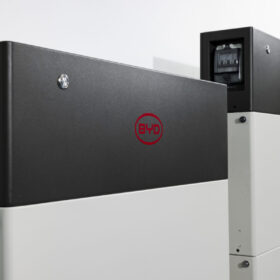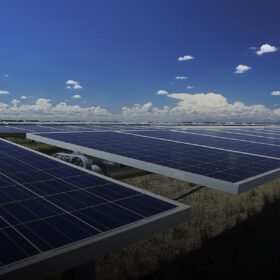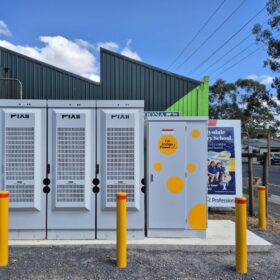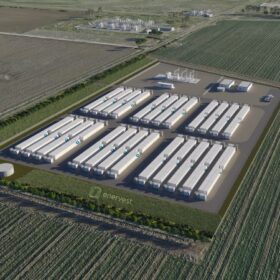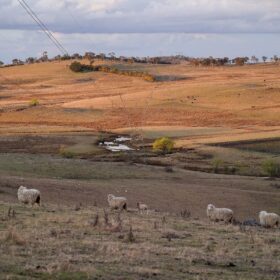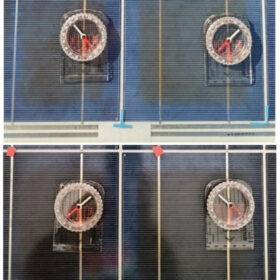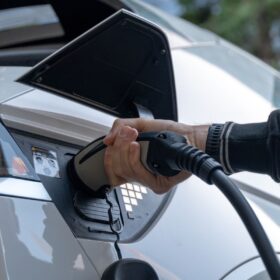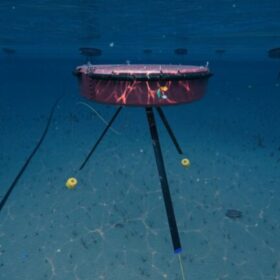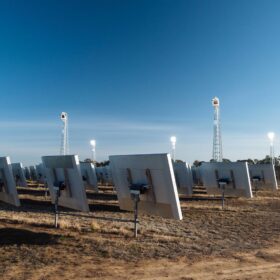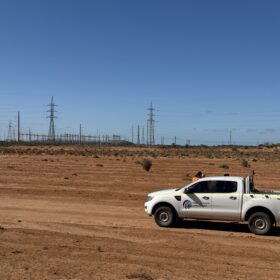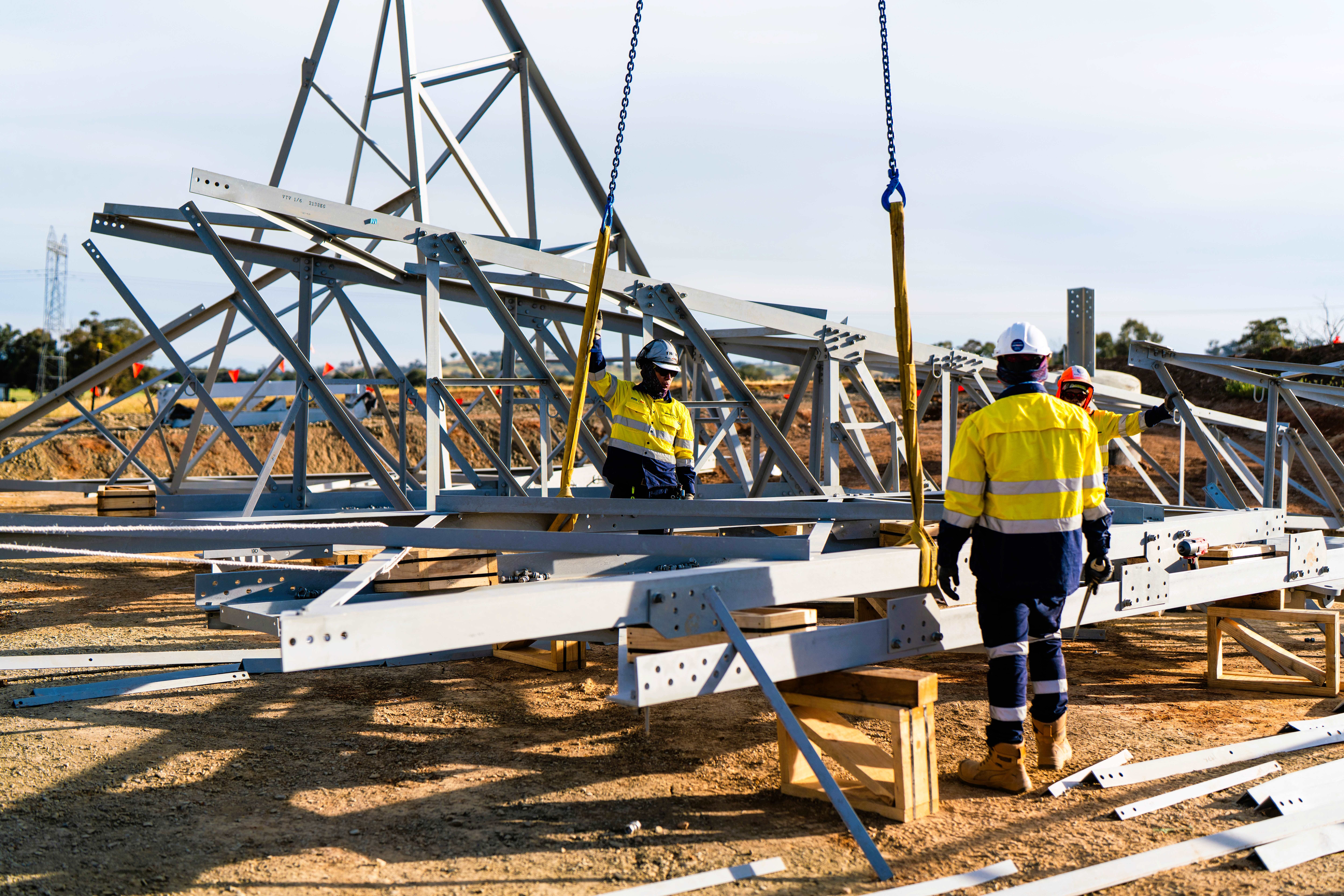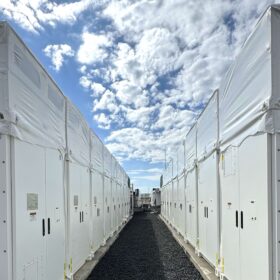Omnidian snaps up Solar Service Guys to expand Australian presence
Renewable energy asset management outfit Omnidian has strengthened its presence in the Australian market with the acquisition of Queensland-based PV installer and service provider Solar Service Guys.
BYD launches its first integrated home storage system
The Chinese manufacturer said its Battery-Box HVE is now being sold with either a single-phase hybrid inverter or a three-phase device. The system is available in two versions with capacities of 4.29 kWh and 6.45 kWh.
FRV adds 190 MW solar and battery project to portfolio
Global renewables developer Fotowatio Renewable Ventures has boosted its Australian portfolio with the acquisition of a 190 MW hybrid solar and battery energy storage project being constructed in central Victoria.
AusNet marks network first with 300 kWh community battery
AusNet has connected the first stand-alone community battery to its Victorian electricity distribution network with a 120 kW / 300 kWh energy storage system now helping the Yarra Junction community make better use of locally generated solar energy.
Energy Vault acquires eight-hour battery project in NSW
United States-headquartered energy storage solutions company Energy Vault has inked an agreement to purchase the 125 MW / 1,000 MWh Stoney Creek battery energy storage project from Victoria-based renewable energy developer Enervest.
Search for New England REZ network operator begins
Australia’s largest planned renewable energy zone has reached another milestone with the New South Wales government launching the search for a network operator to help deliver the New England REZ that is to provide at least 8 GW of new network capacity.
How to identify interruption of ribbons in solar modules
An international group of scientists have investigated the total or partial interruptions of ribbons that connect solar cells in modules and have proposed a classification based on their type and location.
Jet Charge tipping EV uptake to accelerate
Electric vehicle sales in Australia are expected to accelerate rapidly in the next five years with modelling from charging infrastructure company Jet Charge showing that by 2030, 50% of all new cars sold will be electric.
Quinbrook secures financial close on UK’s largest solar and storage project
Australian-owned Quinbrook Infrastructure Partners has completed financing for the Cleve Hill Solar Park in England. The solar and storage project will be the largest in the United Kingdom when it goes live later in 2025.
Carnegie secures more funding for Spain wave energy project
Australian wave energy developer Carnegie Clean Energy has secured more than $545,000 in funding to push forward its plans to deliver and operate a 400 kW version of its ‘CETO’ wave power generation system in waters off the coast of Spain.
